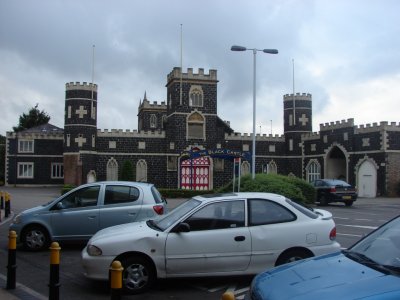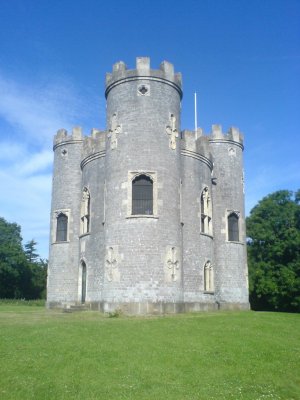hunck
Antediluvian
- Joined
- Jul 13, 2011
- Messages
- 9,524
- Location
- Hobbs End
Leith Hill tower on the Greensand Ridge in Surrey is another nice folly. The hill is the highest point for miles around but just short of 1000 ft so the landowner built the tower to take it over 1000.
Built 1765. The square part I think is original, the slimmer higher tower was built in 1864 to allow access to the roof after the original fell into disrepair & was filled with concrete. The National Trust took over the grounds & spent 60 years to dig out the concrete & restore the interior rooms. There's now a cafe on the ground floor.
From the top it's reputedly possible to see 14 counties & the clock face of the palace of Westminster.

Built 1765. The square part I think is original, the slimmer higher tower was built in 1864 to allow access to the roof after the original fell into disrepair & was filled with concrete. The National Trust took over the grounds & spent 60 years to dig out the concrete & restore the interior rooms. There's now a cafe on the ground floor.
From the top it's reputedly possible to see 14 counties & the clock face of the palace of Westminster.







